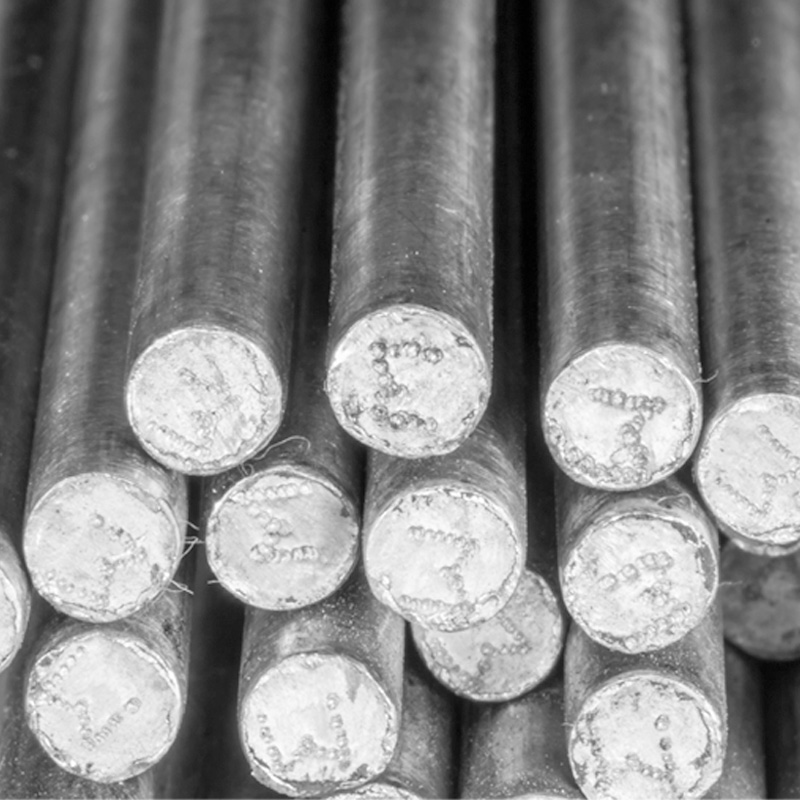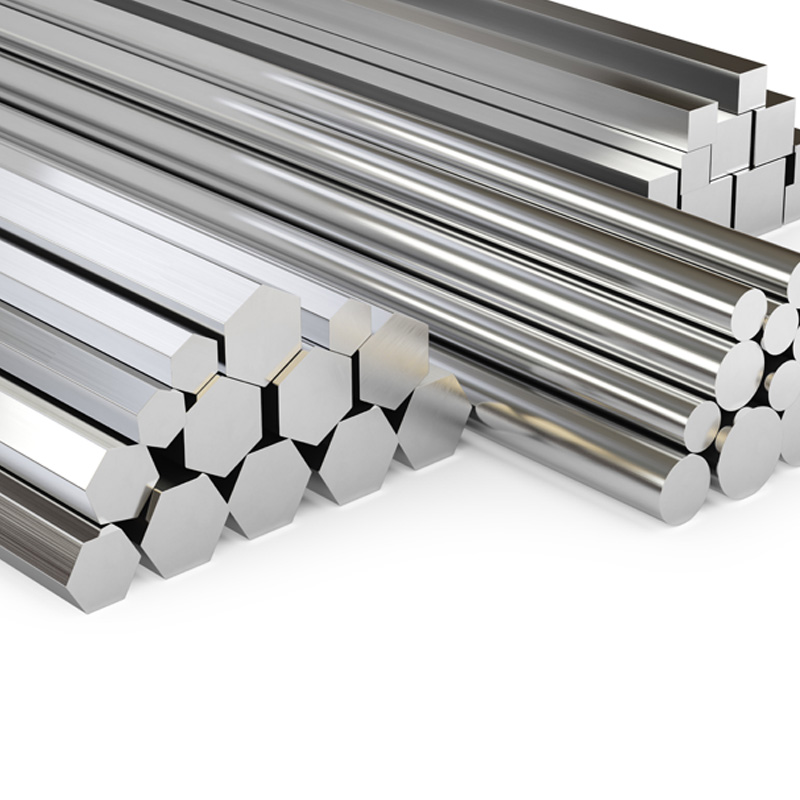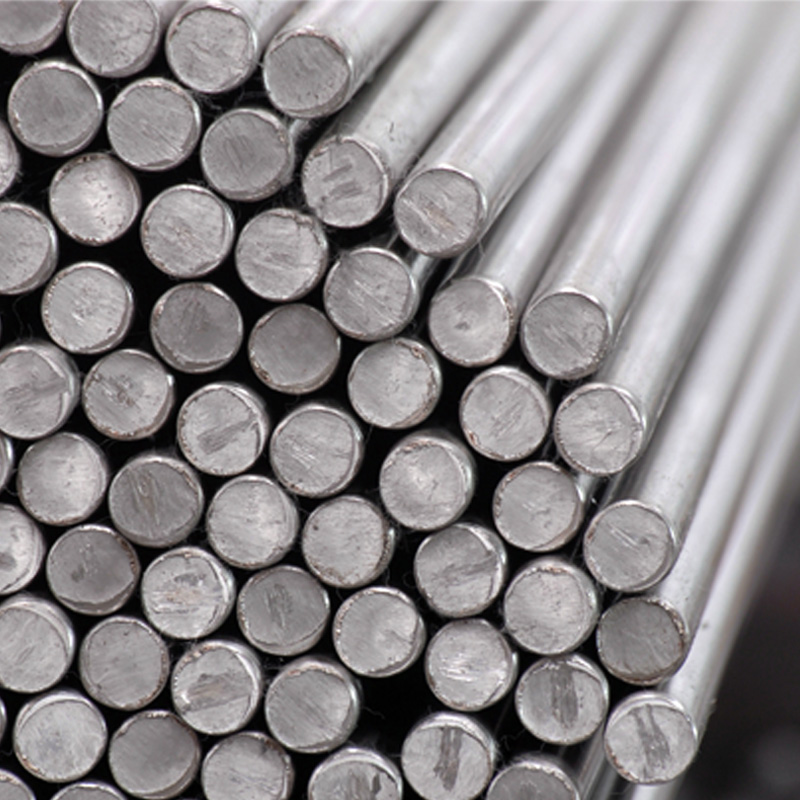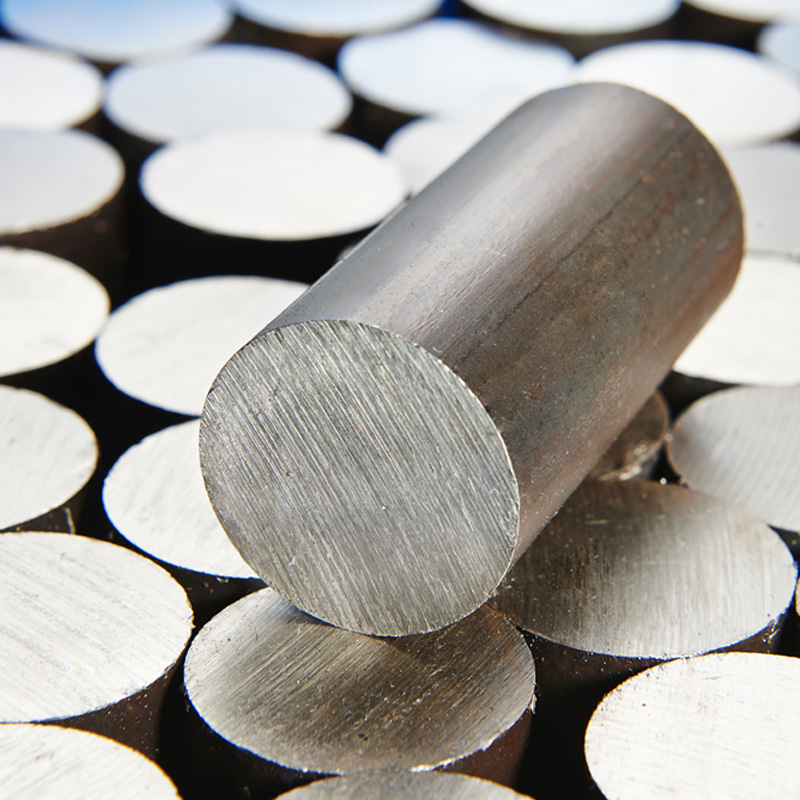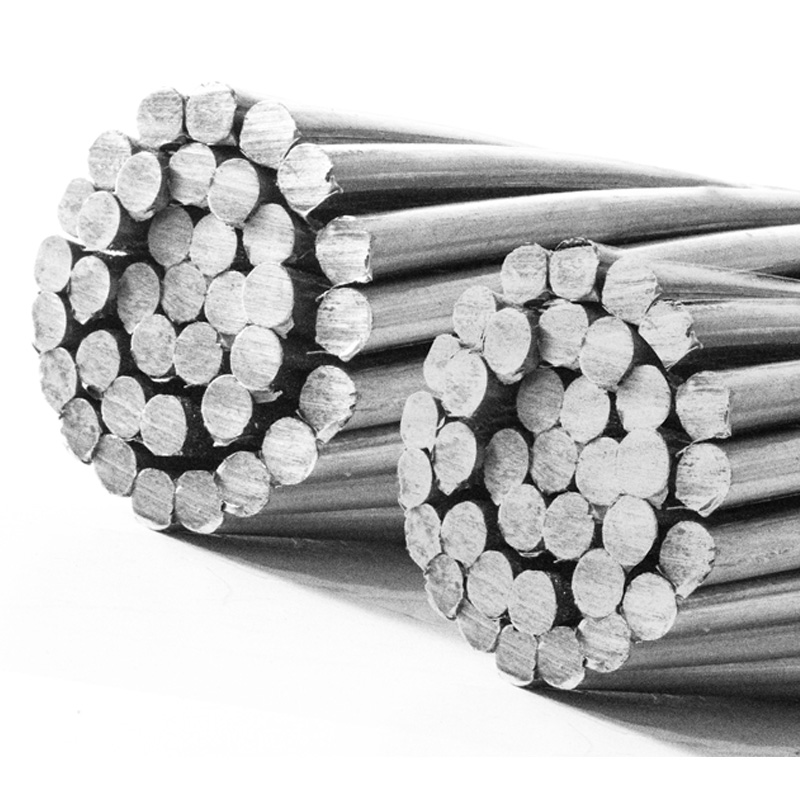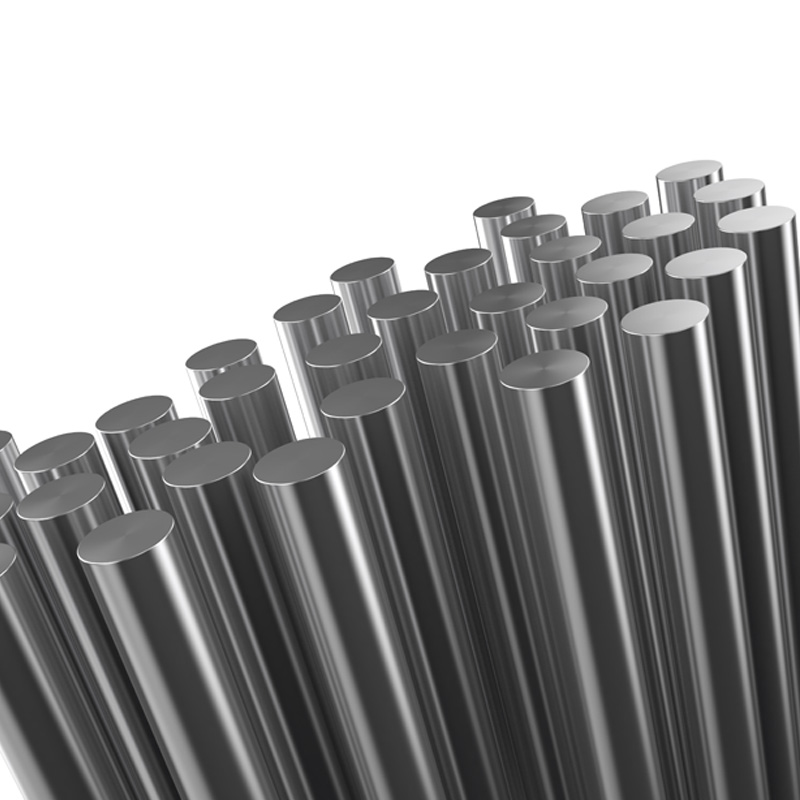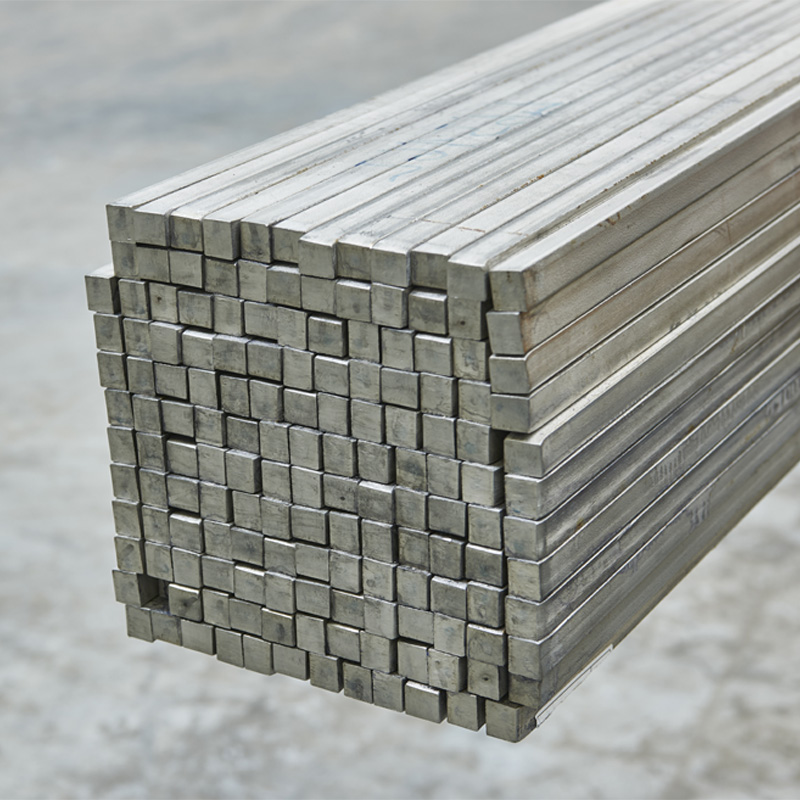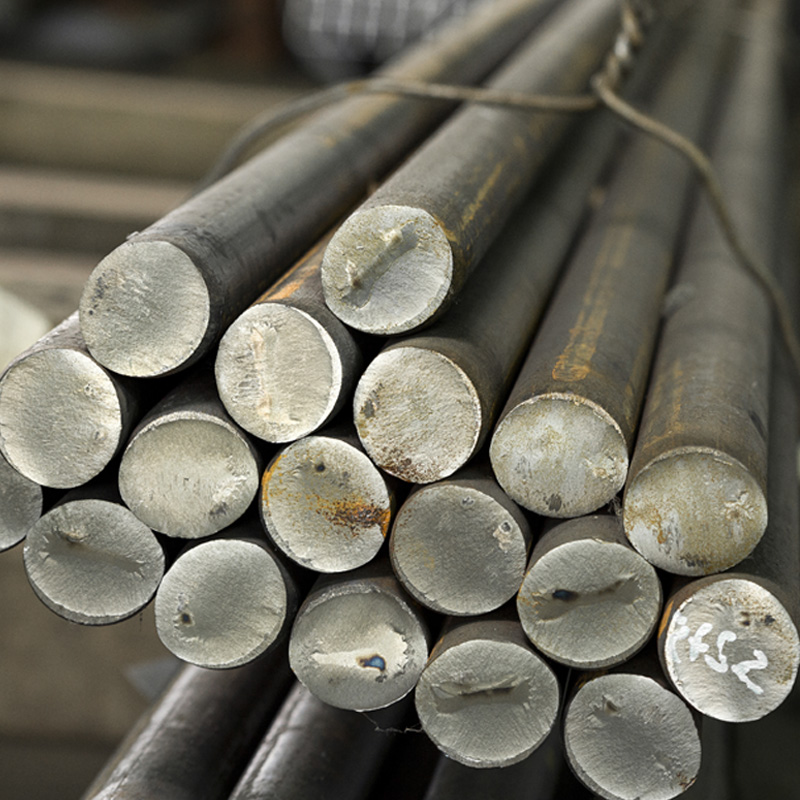Case hardening steels are a special type of steel that holds a significant place in the industry. The surface hardness, durability, and wear resistance of these steels make them an ideal choice for many applications. So, what are case hardening steels, in which areas are they used, and why are they preferred?
Case-hardening steel is a type of steel with low carbon content, enhanced by a surface hardening process. These steels typically contain carbon levels between 0.1% and 0.25%. However, carbon is added to the surface to increase hardness, a process known as "case hardening," which hardens the outer layer of the steel while leaving the internal structure ductile and tough.
Case-hardening steels offer ease of forming and machining due to their low carbon content. When surface hardness is increased through heat treatment, they exhibit superior performance in terms of both durability and wear resistance. Consequently, they are widely used in machine parts, the automotive industry, and many industrial applications.
The application areas of case hardening steels are quite broad. These steels are especially preferred in applications that require high surface hardness and ductility of the core structure. Here are some important industrial applications:
Automotive Industry
Parts such as gears, shafts, and bearings used in the automotive sector are generally manufactured from case hardening steels. To ensure high wear resistance and long life, these parts undergo surface hardening treatment.
Machine Manufacturing
In machine manufacturing, parts like shafts, cams, and chain gears use case hardening steels. In addition to surface hardness, having a tough core makes these parts highly impact-resistant.
Aerospace Industry
Fasteners and moving parts used in the aerospace sector benefit from the advantages offered by case hardening steels. Being both lightweight and durable is critically important for flight safety.
Agricultural Machinery
Various parts used in agricultural machinery generally require high wear resistance. Therefore, case hardening steels are also widely used in this field.
Energy Sector
Mechanical equipment like gears and bearings used in power plants are made from case hardening steels. Their resistance to high temperatures and pressure makes these steels indispensable in the energy sector.
What Heat Treatments Are Applied for Case-Hardening Steels?
Various heat treatments are applied to achieve the desired properties in case-hardening steels. These processes aim to increase the surface hardness while keeping the core ductile. Here are the main heat treatments applied to case-hardening steels:
Case-Hardening Process
This process enhances the steel's surface by adding carbon. Carburizing is usually carried out at high temperatures (850-950°C) in gas, liquid, or solid environments. During the process, the steel surface is enriched with carbon.
Annealing
After the case-hardening process, the steel is annealed to achieve a homogeneous microstructure. This reduces internal stresses and improves machinability.
Hardening
After carburizing, the steel is rapidly cooled (usually in oil). This increases surface hardness and provides wear resistance.
Tempering
Tempering, applied after hardening, reduces brittleness in the steel and increases toughness. This process is typically carried out at 150-200°C.
Nitrocarburizing
In some cases, nitrocarburizing is also applied to case-hardening steels, adding both carbon and nitrogen to the surface, enhancing wear and corrosion resistance.
Why Are Case-Hardening Steels Preferred for Surface Hardness?
Case-hardening steels offer unique advantages when both surface hardness and toughness are required. Here are the reasons they are preferred for surface hardness:
High Wear Resistance
Steels with increased surface hardness through case-hardening are highly resistant to friction and wear, making them ideal for parts in constant motion, such as gears and bearings.
Long Lifespan
The combination of a hard surface and ductile core gives case-hardening steels a long lifespan, reducing maintenance and replacement costs.
Strength and Impact Resistance
Case-hardened steels offer high strength and impact resistance, a significant advantage in heavy-duty machinery.
Corrosion Resistance
Additional processes like nitrocarburizing can make case-hardening steels more resistant to corrosion, ensuring reliable performance even in harsh environments.
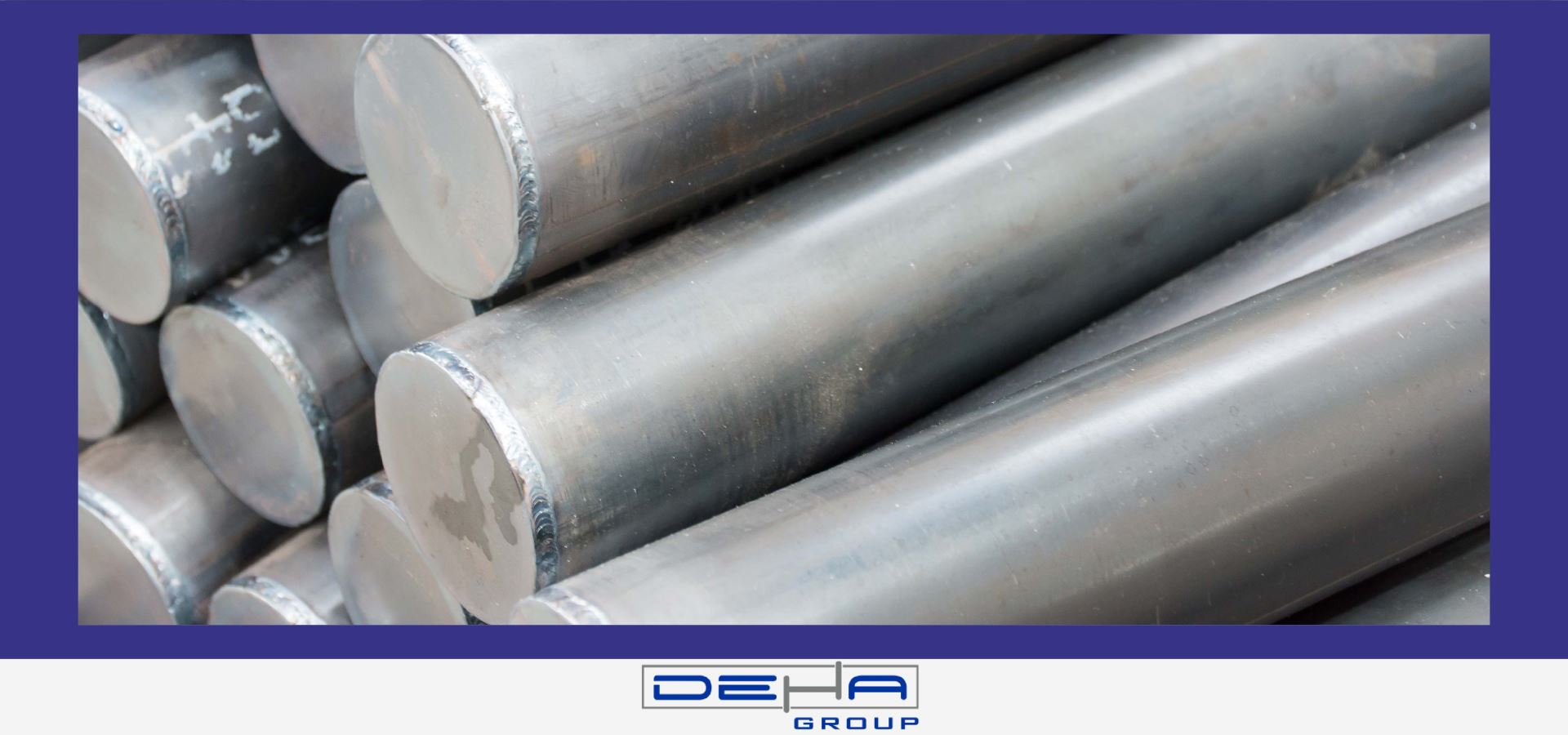
What Are the Differences Between Case-Hardening Steels and Carbon Steels?
Case-hardening steels and carbon steels differ in their properties and applications. Here are the main differences:
Carbon Content
Carbon steels have a higher carbon content compared to case-hardening steels, making them naturally harder. However, the surface hardness of case-hardening steels is achieved through the case-hardening process.
Heat Treatment Capability
Case-hardening steels have a wider heat treatment range due to their low carbon content, making them easy to shape and process during treatment.
Microstructure
Case-hardening steels have a hard surface and a ductile core microstructure, whereas carbon steels typically offer uniform hardness.
Applications
Carbon steels are preferred for simpler applications and low-cost projects, while case-hardening steels are used in high-performance industrial applications.
What Mechanical Properties Do Case-Hardening Steels Have?
Case-hardening steels are designed to balance surface hardness and core toughness. They offer wear resistance due to their hardened surface, while the interior maintains high toughness. Their mechanical properties are optimized through heat treatment and the case-hardening process. Generally, case-hardening steels have the following properties:
- Surface Hardness: The surface layer with a high carbon content typically possesses a hardness level above 60 HRC.
- Toughness: The core region provides high strength and flexibility, resisting shock loads.
- Wear Resistance: The surface hardness minimizes wear effects, extending part life.
- Fatigue Resistance: The combination of a hard surface and flexible core increases fatigue resistance, contributing to the material's longevity.
What Alloying Elements Are Used in the Production of Case-Hardening Steels?
In the production of case-hardening steels, various alloying elements are used to optimize hardening and strength properties. These elements play a crucial role in forming the desired microstructure during the case-hardening and heat treatment processes. Commonly used alloying elements in case-hardening steels include:
- Carbon (C): The primary element for surface hardening. The carbon concentration on the surface increases during the case-hardening process.
- Chromium (Cr): Enhances hardening capability and increases wear resistance.
- Nickel (Ni): Provides toughness and impact resistance.
- Molybdenum (Mo): Improves hot strength and hardness retention capacity.
- Manganese (Mn): Increases hardening depth, supporting the formation of a homogeneous structure during the case-hardening process.
- Silicon (Si): Increases strength and provides resistance to oxidation.
What Tests and Controls Are Performed for Case-Hardening Steels?
A series of tests and controls are conducted to determine the quality and suitability of case-hardening steels. These tests are critical for evaluating both microstructural properties and mechanical performance. Commonly applied tests include:
- Hardness Tests: Surface hardness is typically measured with Rockwell or Vickers hardness tests to verify the hardness profile of the case-hardening steel.
- Microstructure Analysis: The carbon distribution, martensitic, and bainitic structures are examined under a microscope.
- Wear Tests: Tribological tests are conducted to evaluate surface wear resistance.
- Toughness Tests: The core toughness is evaluated with methods like the Charpy impact test.
- Fatigue Tests: Applied to determine the material's durability under long-term loading.
- Carbon Depth Check: The carbon depth on the surface is determined with special devices at the end of the case-hardening process.
What Is the Optimum Carbon Ratio for Case-Hardening Steels?
The optimum carbon ratio in case-hardening steels varies depending on the desired mechanical properties and application area. Generally, the carbon ratio for case-hardening steels is determined as follows:
- Surface Carbon Ratio: After the case-hardening process, the surface carbon ratio is usually between 0.8% and 1.2%. This optimizes surface hardness.
- Core Carbon Ratio: The carbon ratio in the material's core is between 0.1% and 0.25%, ideal for maintaining core toughness.
The optimum carbon ratio should be carefully controlled along with case-hardening duration and temperature parameters. Excessive carbon accumulation on the surface can increase the risk of cracking, while insufficient accumulation can reduce wear resistance.
What Properties Do Case-Hardening Steels Have After Heat Treatment?
Case-hardening steels acquire distinctive microstructural properties after heat treatment. This structure significantly affects the material's hardness, toughness, and durability. Here are the microstructural features of case-hardening steels after heat treatment:
- Martensite Formation: A hard and durable martensitic structure forms on the surface, the primary source of hardness.
- Ferrite and Pearlite: These phases are found in the core, increasing toughness.
- Carbon Distribution: A high surface carbon concentration ensures the desired hardness profile.
- Residual Stresses: Compressive stresses on the surface post-treatment enhance fatigue resistance.
To effectively utilize case-hardening steel, careful determination of microstructure control and heat treatment parameters is essential.
Case-hardening steels are ideal for applications requiring high hardness, wear resistance, and core toughness. These steels offer optimized properties through heat treatment and alloying elements. The case-hardening process and test controls play a critical role in determining steel quality. By ensuring the correct carbon ratio and microstructure control, the performance of case-hardening steels can be maximized. In particular, case-hardening steels and their applications hold an indispensable place in modern industry.

 TR
TR

